Summer Fly Fishing Preparation
When the weather is warming up, then the fish will be looking up. However moving into summer, things aren’t always plain sailing. Flies, techniques and approach must be more refined compared to your springtime tactics.
SUMMER FLY FISHING SAFETY
Firstly, always stay in touch with the weather, and make checking the forecasts the very first, as well as final thing you do before walking out the door. Things can change on a whim across the summer months here in New Zealand and accordingly, forecasts and weather warnings can change rapidly too. With many of our biggest flood events occurring over the warmer months you do not want to be caught out.
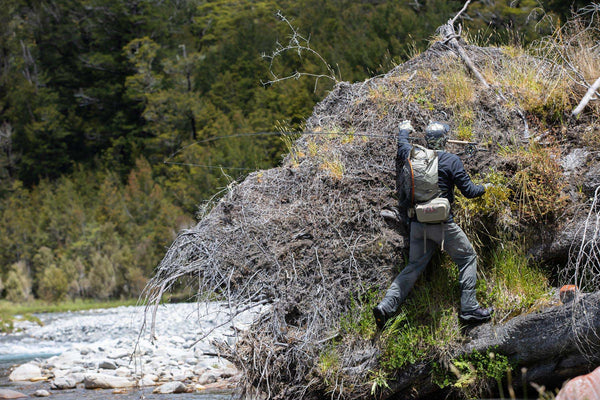
SUMMER TROUT HABITAT
As the springtime rains clear away and the water levels drop, many fish depart our smaller tributary streams back to the main rivers which have now cleared of snow melt and cooler springtime flows. Those fish that remain in many smaller streams may be subject to lower oxygen levels and warmer water temperatures so consider this before choosing to target them.

SUMMERTIME FLIES
Like their habitat, their diets change as more food becomes available over the summer months, and your early season fly box may need a touch up. The Manic Fly Collection is the quintessential collection of flies for all your summer fly needs.

BIG THINGS
Any summer fly box needs to have something to use a dry dropper or just as a large, easily to spot dry. Try a couple of these on for size.
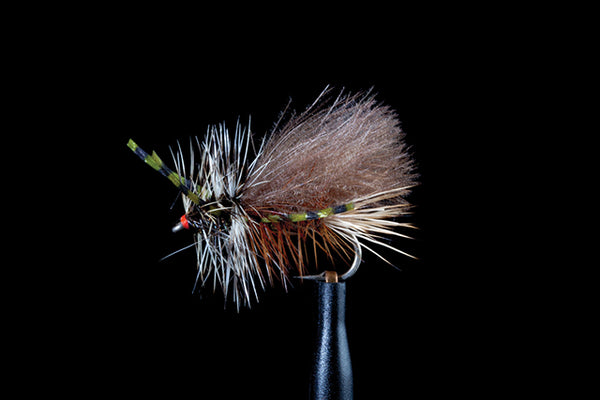

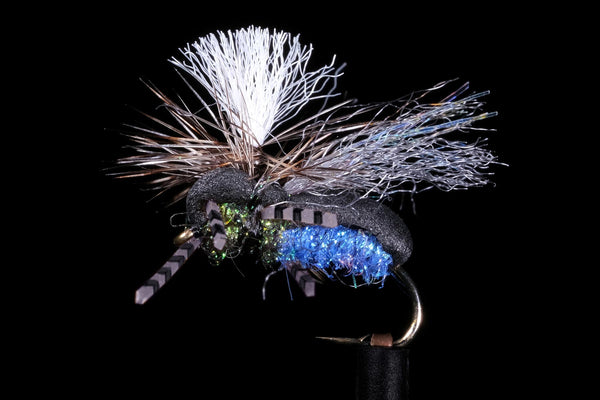
Add a Wayne's Blowfly to any fly box over summer and you will be happy. They come in two sizes and will happily hold a nymph below them if you are dry dropping.
WILLOW GRUBS
As the temperatures rise, the tiny willow grub emerges from its pupal cocoon on willow leaves and drop onto the water in their thousands, sending the trout into a surface feeding frenzy.
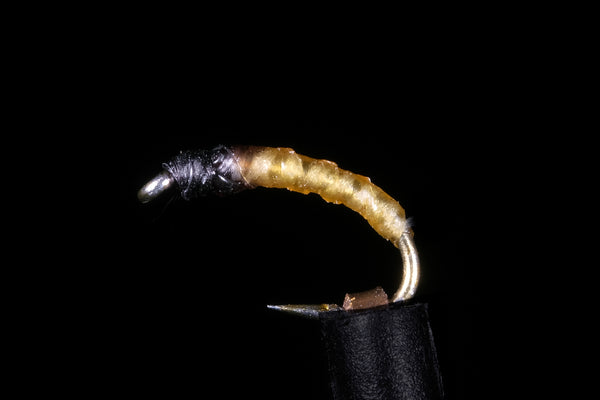
There aren’t many situations in NZ when trout lock on exclusively to just one food source but with the sheer numbers of available grubs at any one time, it makes for very efficient feeding. Long, light leaders and pinpoint presentations are the key to success here, often to positions tight beneath the branches.
CICADAS
The fly fisherman’s Christmas. When the cicada fall and fish rise explosively to large surface flies, there aren’t many places you would rather be. Commencing in December with the smaller, darker bush cicada and peaking mid summer in the high country with the larger King Cicada, the opportunity to throw large, terrestrial dry fly patterns either to sighted fish or fishing blind through a large deep pool can provide some of the most heart-stopping entertainment of your season.

SMALL NYMPHS
Due to the colder water temperatures over winter, spring time mayfly mature at a larger size. As water temperatures become more optimal across the summer months, time to maturity lessons meaning smaller nymphs and smaller emerging duns. Tune in by turning over a few rocks and observing what is lifting off the water and simply match the size you are seeing with something from your fly box.
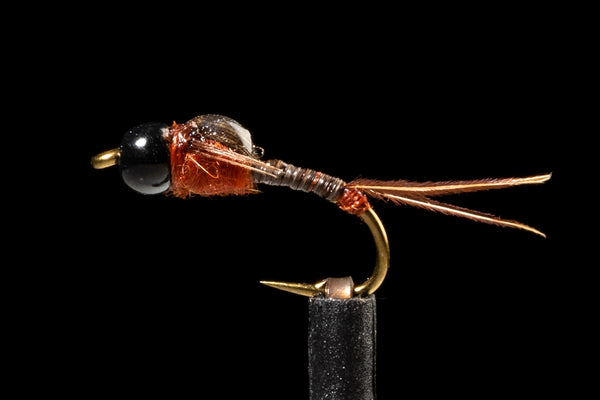
MID SUMMER FLY FISHING TACTICS
LONG LEADERS
Longer leaders are a summertime essential. With lower water levels and resulting less flow means the trout can see, and more importantly feel everything around them. The heavy drop of a fly line, and line shadow are things you must keep well away from the fish, and so longer, lighter leaders are necessary for success on many waters. Spend time learning to cast longer leaders accurately with both nymphs and dries and the adjustments required in casting different rigs.
A STEALTHY APPROACH
Stealth certainly becomes the key, especially in low water or on heavily fished streams. If the fish knows you’re there, you’re not going to catch them. Watch from a distance and spend time observing likely water, allowing the trout to move first and show itself to you. Utilise bushes, banks and other forms of cover where possible to further hide your presence. Move very slow and stay low. You are essentially hunting, so think subtle and stealth.
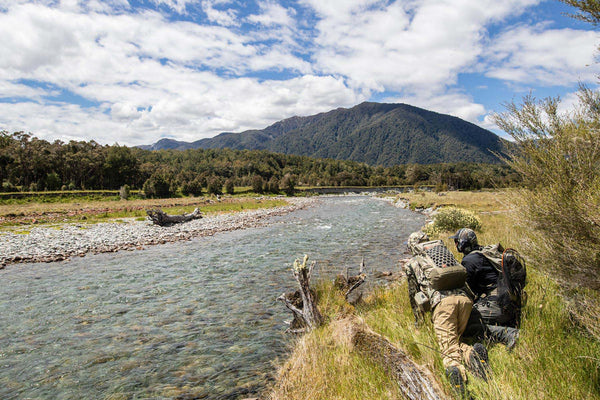
PRESENTATION IS EVERYTHING
Presentations must be on point. You won’t often get multiple shots at presenting your fly where it needs to go. As mentioned, be aware of heavy landings and especially ripping your line off the water too fast, with too much slack. The audible disturbance can alert fish from quite some distance. Lift slow, and smooth accelerating into your stroke once the line is free, otherwise employ a dynamic lift. Keep your line clean and well-dressed to prevent stick.
BE SUN SMART
Sun protection is a must, and you have your pick of garments from the Simms range. From the ever popular Simms Solarflex range to the Bugstopper hoodies, through to the essential neck gaiters and Solarflex sun gloves. Keep covered and stay protected.
Summertime fly fishing can entice anglers further into the hills often into unforgiving terrain which they may not be prepared for. Carry a PLB and always let someone know your intentions, and what to do if you don’t arrive back. Get out there and enjoy!
